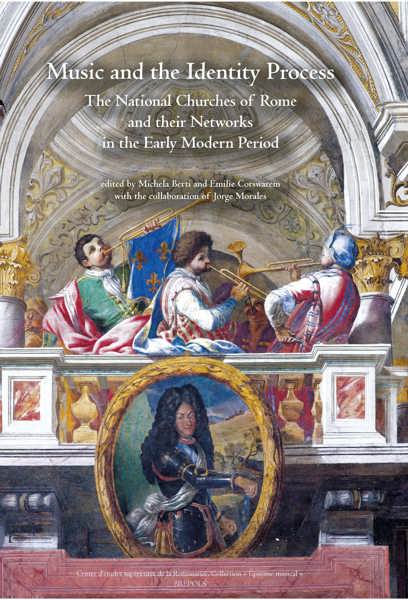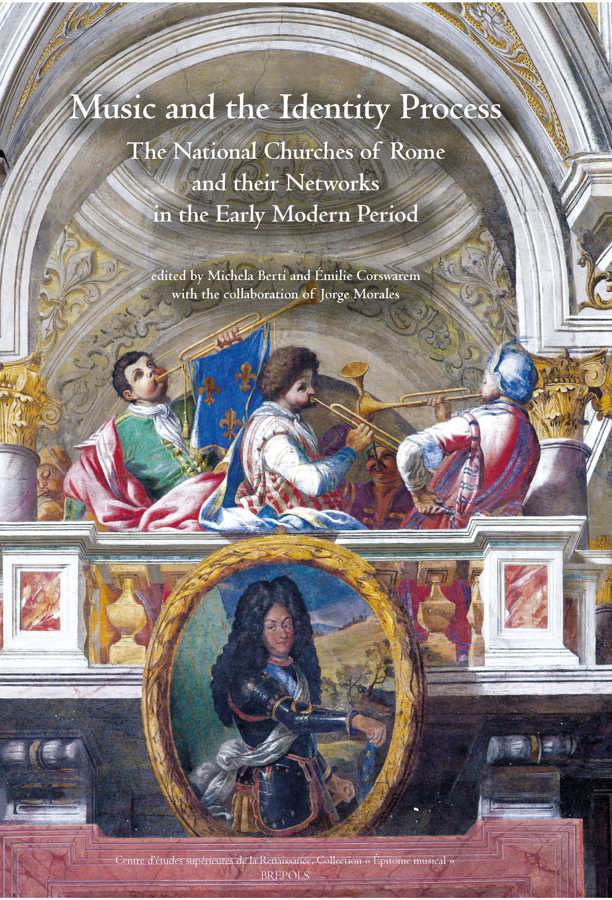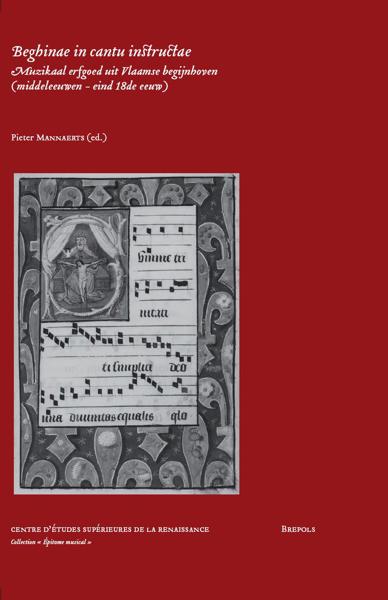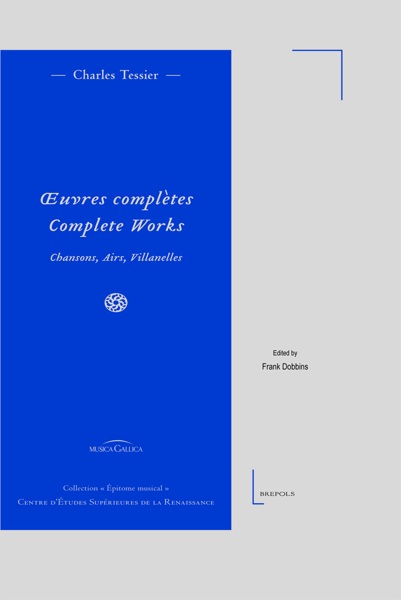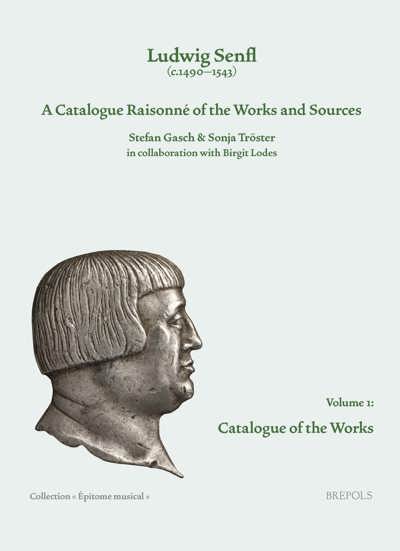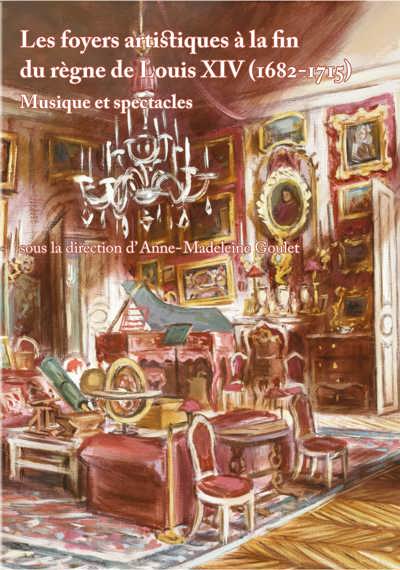
Music and the Identity Process
The National Churches of Rome and their Networks in the Early Modern Period
Michela Berti, Emilie Corswarem (eds)
- Pages: 436 p.
- Size:190 x 290 mm
- Illustrations:67 b/w, 75 col., 10 tables b/w., 1 maps b/w
- Language(s):English, German
- Publication Year:2020
- € 85,00 EXCL. VAT RETAIL PRICE
- ISBN: 978-2-503-58838-4
- Paperback
- Available
This collective work is the fruit of several years of largely unpublished research on the musical life of the National Churches of Rome and their Networks, considered for the first time as a whole.
Michela Berti and Emilie Corswarem are both musicologists. Michela Berti is currently researcher, scientific activities coordinator and database responsible for the ERC project PerformArt (CNRS-EFR). Emilie Corswarem is an FRS-FNRS Research associate and lecturer at the University of Liege.
Important centres of charity, hospitality and representation, the national churches of Rome were also major hubs of musical production. This collective work is the fruit of several years of largely unpublished research on the musical life of these institutions, considered for the first time as a whole. What it primarily brings to light is the common model which emerged from the interactions between the national churches, as well as between these and other Roman churches, in musical matters – eloquent example of a unifying cultural paradigm. The repertories used by these churches, the ceremonies and celebrations they orchestrated in the teatro del mondo which Rome constituted at the time, their role in the placing of musicians within the city’s professional networks are just some of the themes explored in this work. The cultural exchanges between the national churches and the "nations" that they represented in the pontifical city form another important area of investigation: whether musical or devotional, connecting places of worship and private palaces or extending from one side of the Alps to the other, these exchanges reveal the permeability that characterised many national traditions.
At the heart of this richly illustrated study are two fundamental lines of inquiry: the first concerns the processes of identity construction developed by communities installed in foreign lands, the second line of inquiry is cultural hybridity. In pursuing these, we aim to further understanding of the dialectics of exchange at work in Rome during the modern period.
*
The preparation of this publication has benefitted greatly from the collaboration of Jorge Morales.
Foreword by Bernard Ardura
Introduction by Michela Berti and Émilie Corswarem
I. The Musical Model of National Churches in Rome
Noel O’Regan, Cappella fissa – Cappella mobile: The Organisation of Musicians for Major Feastdays at Rome’s National Churches
Cristina Fernandes, A Close Look at S. Antonio dei Portoghesi and Roman Life: The Testimony of Father Manuel de Campos
Klaus Pietschmann, Music Cultivation in Roman National Churches before the Council of Trent
Tobias Daniels, A New Organ for the Anima. The Notarial Contract of 1546 and the History of the “German National Church” in Rome in the Middle of the Sixteenth Century
Francesca Fantappiè and José María Domínguez, Alessandro Scarlatti and the Spanish National Church of S. Giacomo degli Spagnoli
Esteban Hernández Castelló, The Musical Archive of the Spanish National Church of S. Maria in Monserrato in Rome
II. Music and the Identity Process
a) Identity and Repertory
Bernard Dompnier, Identity Affirmation and Roman Conformity: the Festive Calendars of the National Churches
Cristina Fernandes, Daily Liturgy and ‘Internal’ Musical Practices in S. Antonio dei Portoghesi
Galliano Ciliberti, S. Luigi dei Francesi in the Seventeenth Century: A Laboratory for Music, Liturgy and Identity
Esteban Hernández Castelló, Evidence of a ‘More Hispano’ Polyphonic Passion at the Spanish National Church of S. Maria in Monserrato in Rome
Émilie Corswarem, S. Luigi dei Francesci's Volume of Masses dating from 1557: An Example of French Polyphony
Michela Berti, The Musical Collection of S. Luigi dei Francesi: On the Trail of National Character
b) The Construction of National Identity from Self-Representation and Conflict
José María Domínquez, To Obey the Pope and to Serve the King: Cardinals, Identity and Ceremony in the National Churches c. 1700
Bruno Boute, Liturgy and Bureaucracy—Bureaucracy as Liturgy
Diana Carrió-Invernizzi, Political Images and the National Churches of Rome c. 1640
Jorge Morales, Musical Practices and Identity. The Story of the Roman Sojourn (1623—27) of Maurice of Savoy, Crown-Cardinal of France
Anne-Madeleine Goulet, Self-Fashioning a French Cultural Persona in Rome: Marie-Anne de la Trémoille (1683—86)
Cristina Fernandes, Portuguese Celebrations in Rome, between the Embassy and the National Church: Sacred and Secular Music for the Glory of the King
III. National Churches : Network in Rome and Cultural Transfer
Domenico Rocciolo, ‘Inhabitants of Various Nations’ in Rome from the Sixteenth to the Eighteenth Century
Anne Piéjus, Foreign Musicians and Musical Networks in Late Sixteenth-Century Rome: Spanish Composers between the Oratory and the National Churches
Cristina Fernandes, Oratorio Musical Traditions in Rome: Portuguese Connections
Francesco Pezzi, The Musical Patronage of a Cardinal Protector: Otto Truchsess von Waldburg in Rome
Cristina Fernandes, Portuguese Young Musicians under Royal Patronage in Rome and their Relations with the National Church: some Pieces of the Puzzle
Cristina Fernandes, The Role of the National Church of S. Antonio dei Portoghesi in the ‘Romanisation’ of the Lisbon Royal and Patriarchal Chapel
Afterword by Kate van Orden
Illustration Credits
Translators
Index of Persons
Index of Places
